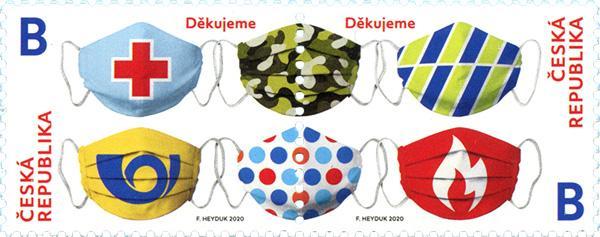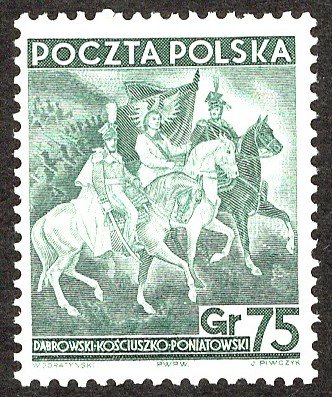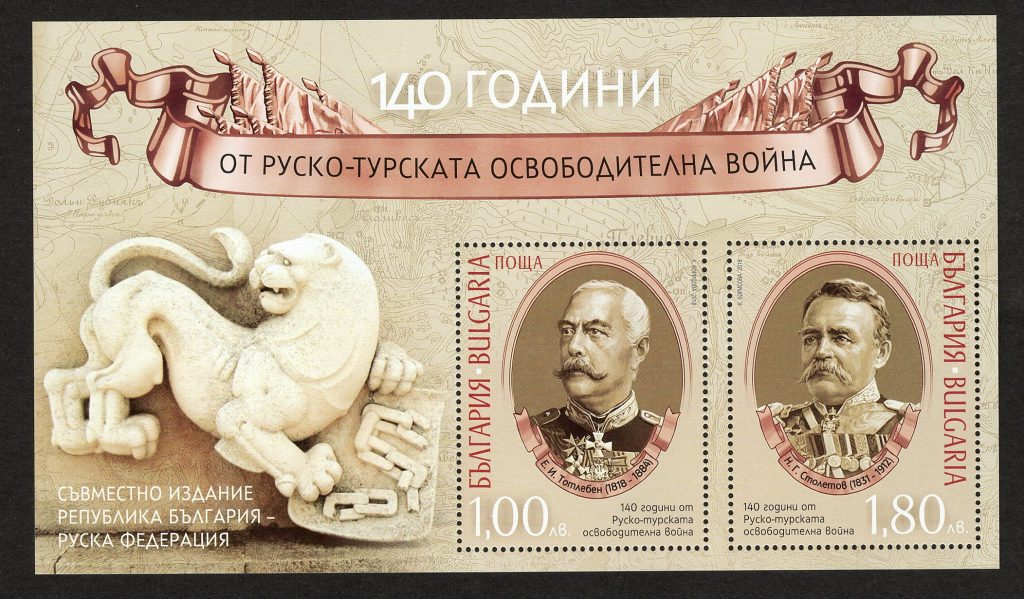Dear Friends and Philatelists,
Summertime is a traditional time for taking a family holiday or perhaps visiting another country or city. The summer of 2020 finds many of us not currently able to do this given these challenging times. It is, however, an opportune time to reconnect with our stamp collections and continue our philatelic travels, perhaps to new countries or with new topics or themes. And of course, we can continue to connect with family and friends, if even at a distance. Now is certainly time to pay tribute to our many brave front-line workers.

Monarchs, Saints, Performers, & Scientists and Social Activists
Eastern European Stamps of Women span a wide range of topics, from monarchs to saints and scientists, artists and performers, to social activists and heroines. The Hungaria Stamp Exchange hopes you enjoy reading our blog post and viewing some of the stamps in our on-line store.
Monarchs
Two of the most influential female Eastern European monarchs whose combined reigns lasted almost 75 years were Catherine the Great of Russia and Maria Teresa, ruling the Hapsburg Empire. Both of these extraordinary rulers are depicted on Eastern European stamps.
Catherine the Great (born Sophie of Anhalt-Zerbst; May 1729 –November 1796) was Empress of Russia from 1762 until 1796 and the country’s longest-ruling female leader. She came to power following a coup d’état that she organized, resulting in her husband, Peter III, being overthrown. During her reign Russia was revitalized; it grew larger and stronger and was recognized as one of the great powers of Europe and Asia.
In her accession to power and her rule of the empire, Catherine often relied on her noble favorites, most notably count Grigory Orlov and Grigory Potemkin. Assisted by highly successful generals such as Alexander Suvorov and admirals such as Fyodor Ushakov, she governed at a time when the Russian Empire was expanding rapidly by conquest and diplomacy. In the south, the Crimean Khanate was crushed following victories over the Ottoman Empire in the Russo-Turkish wars. Russia colonized the territories of Novorossiya along the coasts of the Black and Azov Seas. In the west, the Polish–Lithuanian Commonwealth, ruled by Catherine’s former lover, King Stanisław August Poniatowski, was eventually partitioned with the Russian Empire gaining the largest share. In the east, Russia started to colonize Alaska, establishing Russian America.
An admirer of Peter the Great, Catherine continued to modernize Russia along Western European lines. The economy and military conscription continued to depend on serfdom; increasing demands of the state and of private landowners intensified the exploitation of serf labor. This was one of the chief reasons inciting several rebellions including the large scale Pugachev Rebellion of Cossacks and peasants. Cossacks were a group of Russian military warriors who established free self-governing communities in exchange for their military service. When their privileges were threatened they revolted, with the most famous being Pugachev.
Continue reading “Eastern European Stamps of Women”

